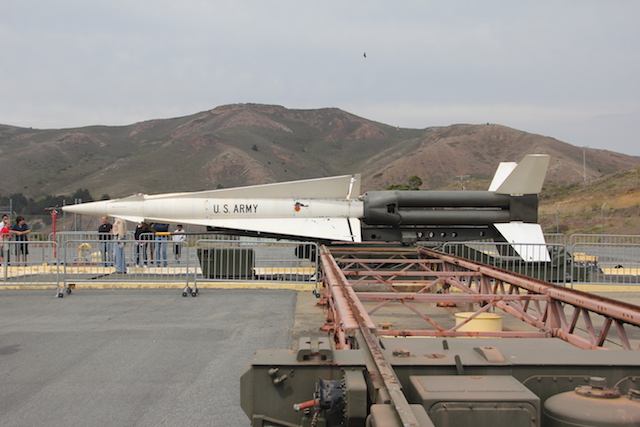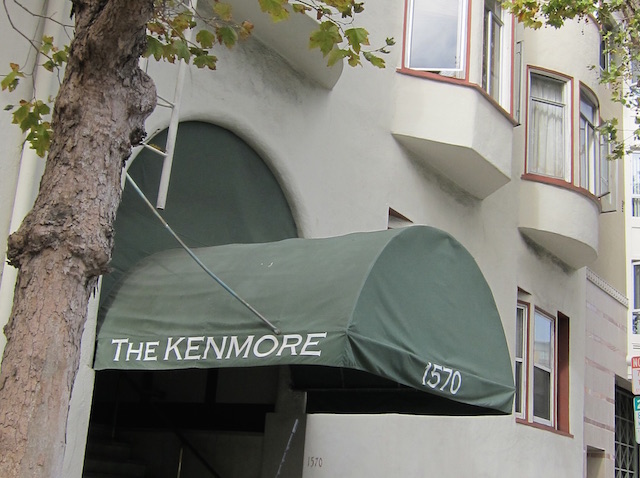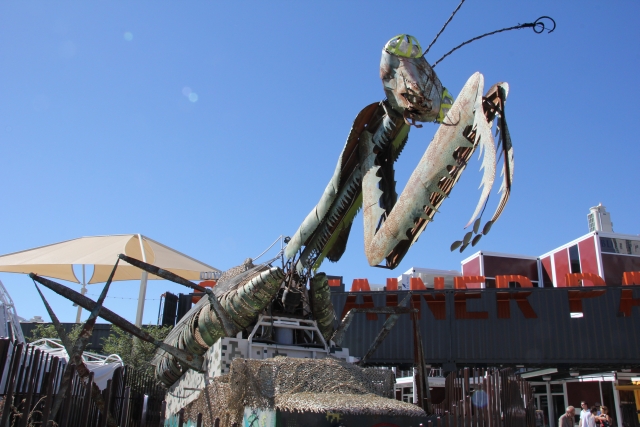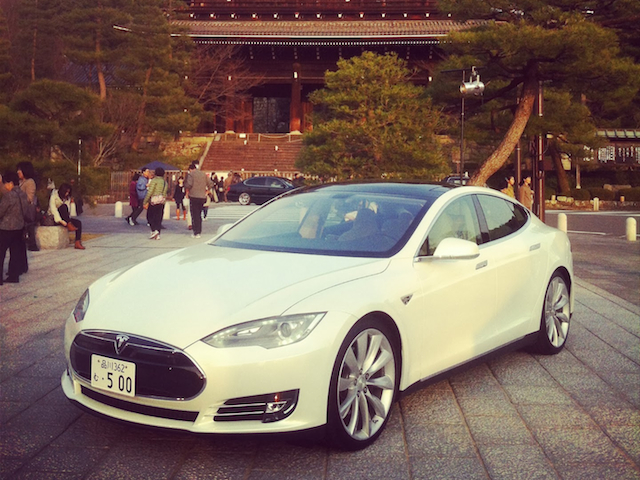One of the longest running, and expensive, programs of the Cold War was the Nike missile program. Designed to protect US from Soviet bombers, the missiles were based at 280 sites and guarded cities and military installations.
Today the program is long since abandoned, a victim of changing technology and the 1972 SALT agreements between the then Soviet Union and US with the only base remaining in a working condition is SF-88 in what’s now the Golden Gate Park just North of San Francisco.

SF-88 itself was abandoned and over the last 15 years, volunteers have been rebuilding the site to roughly how it looked in the early 1960s at the peak of the Cold War.
The missiles themselves were only shortrange devices. The first version, the Ajax, only had a range of 25 miles and carried a conventional high explosive payload while the later model, the Hercules, could travel forty miles and could carry either conventional or nuclear warheads.

Each Nike base had three main components based at least a thousand yards apart; the actual launch site, the Integrated Fire Control room (IFC) that controlled the systems and administrative quarters. The reason for the thousand yard spacing was to minimise the damage from the launch of the rockets and to give the radar systems adequate range to track the weapons.

The missiles themselves were controlled by computer. Once fired they were controlled by the computers in the IFC, should the crew decide to abort the attack the only choices they had were to explode it prematurely or disarm it so it flew off into the ocean.

With the advent of Intercontinental Ballistic Missiles (ICBMs) and submarine launched weapons the Nike systems became redundant, an experimental anti-missile system – the Nike-X – was tested but as the scale of the Soviet arsenal became apparent it became clear the system would be hopelessly inadequate to combat the hailstorm of death a true nuclear war would unleash.
By 1974 most the system, including SF-88 was decommissioned although a small number of bases remained in operation for coastal defences for a few years afterwards. Today most are disappearing at the land is taken over for property development and other uses.

The volunteers who’ve restored SF-88 have done a wonderful job bringing a facility back to life – the missile hangers had six feet of water in them before the work started and on weekends between 12.30 and 3.30pm they’ll show you around the facility and bring one of the missiles to the surface firing position.
Fort Baker’s SF-88 Nike Base is an easy drive across the Golden Gate Bridge from San Francisco, on weekend the Muni runs the hourly 76-X service from the Transbay Terminal. Admission to the SF-88 base is free but donations are gratefully accepted.
If for nothing else, a visit to the Nike Missile Base is worthwhile just to remember how close the world was to destruction in the paranoid days of the Cold War.




